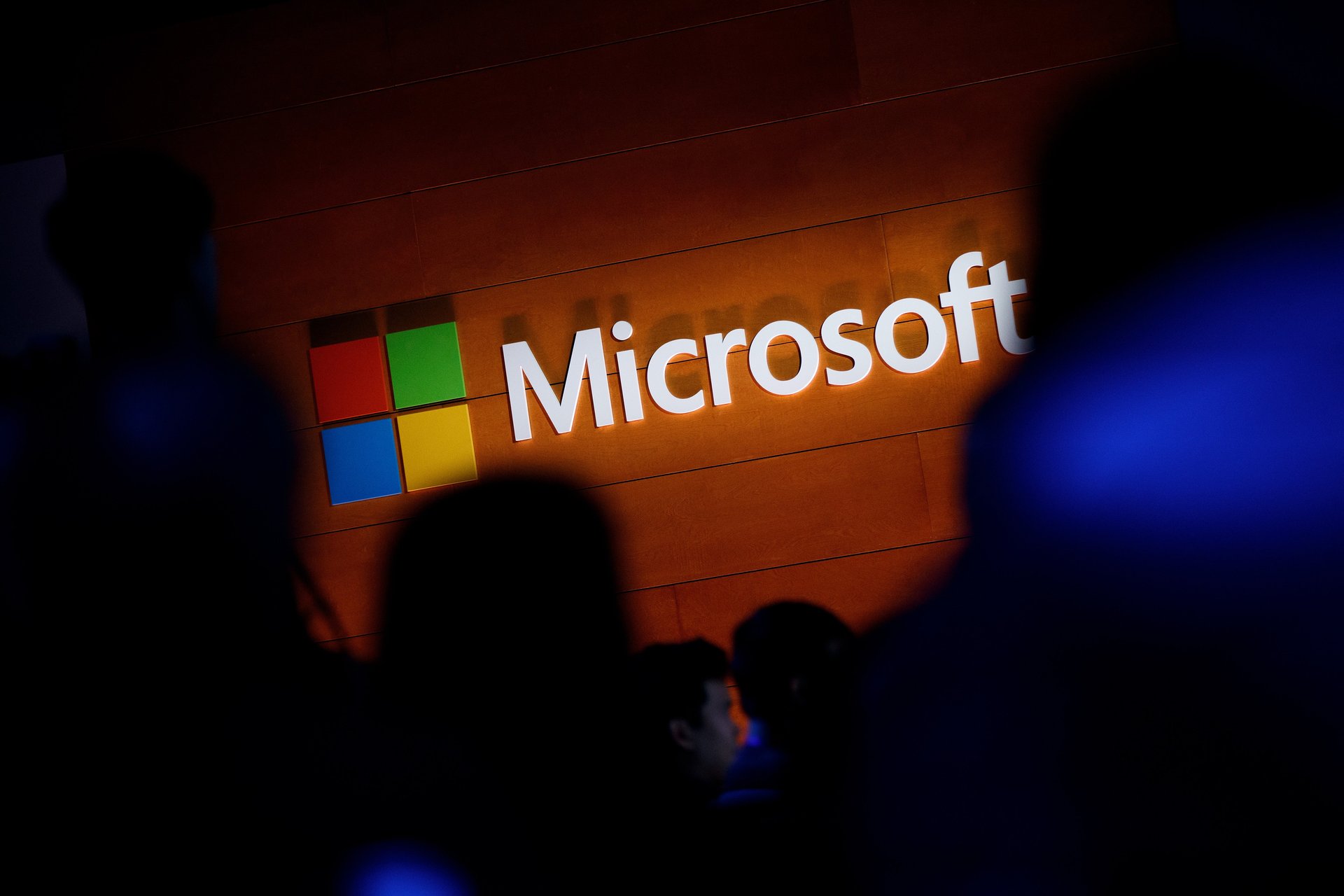Microsoft is turning 50. Is it ready for the next technological frontier?
The company's vision for AI collided with a harsh reality. Now Microsoft has been quietly backing away from its ambitious plans

A version of this article originally appeared in Quartz’s members-only Weekend Brief newsletter. Quartz members get access to exclusive newsletters and more. Sign up here.
In late 2022, Satya Nadella made what might be the defining bet of his career: pouring billions into OpenAI while restructuring Microsoft around artificial intelligence. At first, the move looked like strategic genius. While Google, Apple, and Meta scrambled to catch up in the AI race, Microsoft appeared to have secured the winning horse, giving it a commanding early lead. Wall Street rewarded this vision, adding over a trillion dollars to Microsoft’s market cap.
By early 2025, however, that vision has collided with a harsher reality. Microsoft now faces a perfect storm of challenges in its AI gambit: massive data center pullbacks, lagging stock performance relative to tech peers, growing tensions with OpenAI, and a market that may be showing some slow down in its interest in all things AI. For a company that has masterfully navigated every technological revolution of the past five decades, these warning signs suggest its biggest bet yet may be faltering.
The stock market’s verdict has been particularly harsh. Microsoft shares narrowly avoided their first eight-week losing streak since the 2008 financial crisis only through a last-minute rally on March 21, according to CNBC. Since reaching a closing high of $467.56 in July 2024, Microsoft is down about 16%. Even more telling, Microsoft is down 7% for the year while other AI-focused tech giants have surged, making it the only Magnificent 7 tech stock without a gain over the past year.
Behind the scenes, Microsoft has been quietly backing away from its ambitious AI infrastructure plans. The company has canceled planned data centers that would have powered the next generation of AI systems. According to TD Cowen, Microsoft has abandoned facilities that would have boosted its computing power by roughly 14% – equivalent to the entire computing capacity of a major global tech hub like Tokyo. Microsoft has also decided to skip out on a $12 billion option for more data center capacity from cloud computing company Coreweave, according to Semafor.
These retreats seem especially telling for a company that repeatedly claimed AI demand was “exceeding supply.” Nadella himself hinted at the reality in a recent podcast, admitting “there will be overbuild” in data centers related to AI.
Adding to Microsoft’s challenges is a deteriorating relationship with OpenAI. According to The Information, Microsoft’s AI chief Mustafa Suleyman has a dual mandate that reveals the company’s growing uncertainty: maintain the OpenAI partnership while simultaneously putting Microsoft “on a path to self-sufficiency in AI so it won’t have to rely indefinitely on OpenAI’s technology.” Microsoft is already developing its own family of AI models (internally called MAI) and testing models from competitors including Anthropic, xAI, DeepSeek and Meta as potential OpenAI replacements for Copilot.
It has its work cutout for it with Copilot, which has struggled to gain meaningful traction in the market. A Gartner survey found few companies moving Copilot initiatives beyond initial testing, with “tangible business impact proving elusive” and implementation requiring “more effort than anticipated.” One government IT executive described Copilot as “so far behind that it is frustrating to use.”
But Microsoft may not be alone in facing these challenges. There are growing signs that all AI tools might be struggling to find more users. According to the Fall 2024 Slack Workforce Index, AI adoption growth rates among U.S. workers have slowed to a mere percentage point gain over the last three months, compared to nearly double-digit gains in the same period a year earlier. A paper by Gartner said that CIOs were increasingly nervous about AI spending, with one Gartner analyst telling the UK tech publication The Register that 2025 could be the “year of the slide.”
As Microsoft celebrates its 50th anniversary, the company finds itself at a crossroads. Its AI strategy — raising prices while forcing AI integration into products, developing competing models while maintaining its OpenAI partnership, and scaling back infrastructure while claiming unprecedented demand — suggests a company trying to hedge its bets rather than confidently doubling down on the next technological revolution.
For a tech giant that has thrived by repeatedly reinventing itself, Microsoft’s contradictory approach to AI may be the clearest signal yet that even industry leaders aren’t sure if the AI revolution will live up to its trillion-dollar hype.
